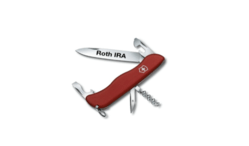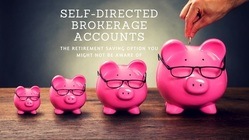Are You Playing Roulette with Your Retirement- Should you be playing Blackjack?
Many investors nearing retirement are taking risks that they are unaware that they are taking. I would like to share with you an analogy, that I will hope can make the concepts I am presenting easier to understand. It is between 2 casino games Roulette and Blackjack. The risks that some people are […]
Continue reading

